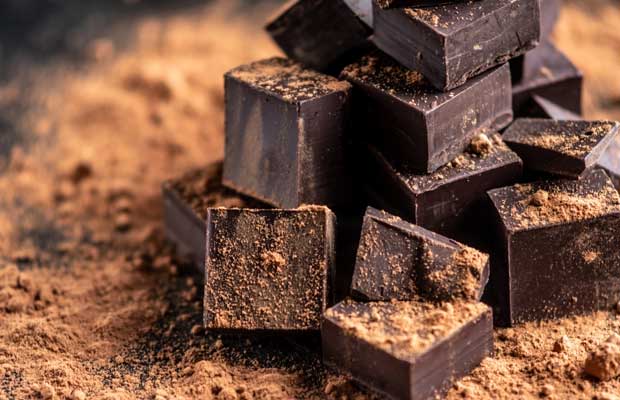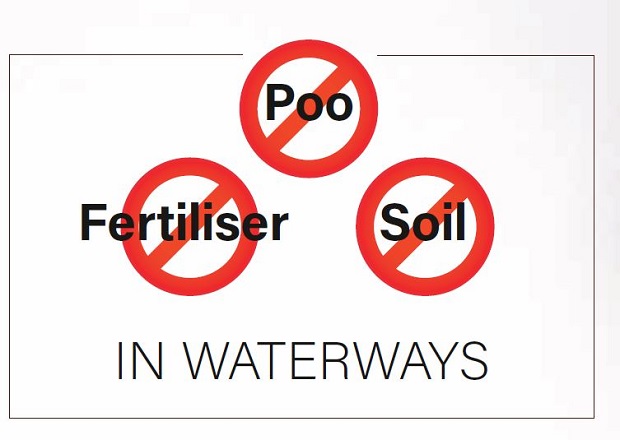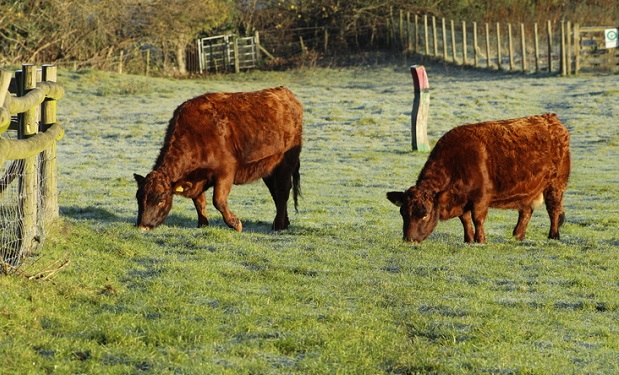4 easy fixes for phosphorus loss (and a sweet benefit to clean waterways)

When you fix the conditions that cause phosphorus loss, you get some tasty benefits.
Words: Emma Buchanan, farm advisor
You never think you’ll fall victim to blatant clickbait on Facebook, but this one was about chocolate. Too tempting.
“Scientists say chocolate may be extinct by the year 2050 due to changing temperatures around the world.”
This wasn’t the first time the issue of chocolate and greenhouse gas levels had come to my attention. I don’t think they understand the gravity of what they’re saying to chocolate lovers like me.
Proponents of regenerative agriculture say that increasing carbon levels stored in soil could help with the greenhouse gas issue.
One way to build soil carbon is to keep soil where it should be, on land rather than in our waterways. This also improves freshwater quality, and (if we can do this planet-wide) we’ll perhaps save my (our) chocolate supply too.
But how do you do it?
Sediment loss, and the phosphorus and faecal bacteria that slide away with it, are three of the key things that Farm Environment Plans generally try to reduce. The bonus is the fixes are often the same for all three.
There are really good reasons for keeping these three out of waterways. I present this pretty blunt slide to farming groups and it’s a good rule of thumb for reducing the impact of your property on the environment.

Phosphorus is not washed through the soil profile as much as nitrogen. It tends to be attached to soil particles and is lost into waterways when soil erodes away from hillsides or river banks.
The 80/20 rule often applies. Most of your losses will come from a small area of your property, known as “Critical Source Areas for Phosphorus Loss”.
The good news is these areas can generally be managed quite easily. Your likelihood of losing soil, phosphorus, and bacteria from your property depends on a few factors.
1. HOW FERTILE YOUR LAND IS
If soil phosphorus is above optimal levels, you’re potentially wasting money and increasing the risk of phosphorus loss by applying more fertiliser.
How to fix it
Make sure that you soil test your land, then target only those areas that need fertiliser.
2. HOW HILLY YOUR LAND IS, AND WHETHER YOUR STOCK HAVE ACCESS TO WATERWAYS
Soil is lost when hillsides are eroding, and/or when stock are trampling river/stream banks and wetlands.
How to fix it
You can reduce erosion by planting trees to stabilise hillsides, by maintaining good pasture cover to protect your soil, and by excluding stock from river and streambanks, lakes and wetlands.
The other source of phosphorus and bacteria is what we in the industry call ‘direct deposition’. Cattle tend to poo when their feet get wet and their manure is relatively high in phosphorus and bacteria. Preventing them from accessing waterways stops this.
3. IF YOU CULTIVATE
Cultivation exposes soil and increases the risk it could flow off your land.
How to fix it
Direct drill crops where possible to reduce disturbing soil. Use cover crops.
4. WHERE YOU LOCATE INFRASTRUCTURE
Anywhere large numbers of animals congregate – yards, woolsheds, raceways, stock camps – means there will be a high concentration of dung and potentially disturbed soil. This can then wash off into waterways.

How to fix it
Locate infrastructure so it’s well away from waterways.
If you have a property with established yards, races and buildings, ensure you maintain healthy pasture around them. This helps to filter out sediment and other contaminants that might wash away.
Our work here in NZ might not solve the problems with the world’s ongoing chocolate supply. However, we’ll still benefit from any efforts you can make to conserve your soil, and the bonus will be better freshwater quality too.
3 THINGS YOU WANT TO KEEP OUT OF YOUR WATERWAYS
Phosphorus
Slight increases in the level of phosphorus in waterways can drive nuisance growth of algae and slime. This can reduce the oxygen available to support ecosystems in waterways, and make them a whole lot less appealing for recreation.
Sediment
This reduces water clarity and silts up riverbeds.
Faecal bacteria
These bacteria can make us sick.
About Emma
Emma Buchanan runs Soter Rural Compliance, providing practical advice to farmers on environmental planning, resource consents, health and safety, nutrient budgeting, and compliance. She has worked on dairy farms, and until recently owned a sheep, beef and cropping farm in Central Hawkes Bay.
Love this story? Subscribe now!
 This article first appeared in NZ Lifestyle Block Magazine.
This article first appeared in NZ Lifestyle Block Magazine.
